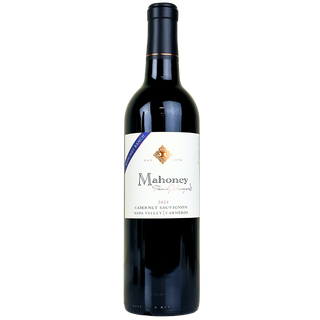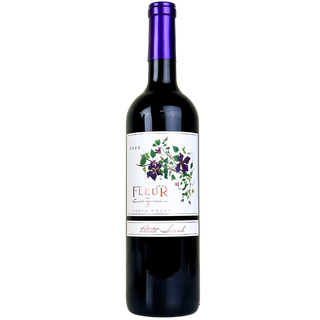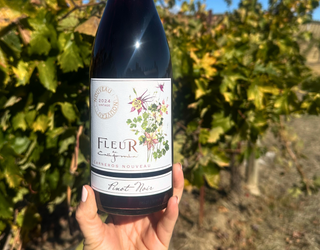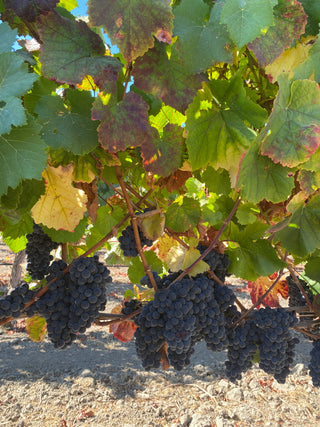Natural wine cork comes from the bark of cork oak trees, also known as Quercus Suber. The majority of these trees are grown in Portugal and can live over 200 years. It takes 25 years before the first harvest of bark can occur, and after that the bark is stripped every 9 years or so. One of the many uses of cork is as a wine stopper. The first examples of cork stoppers were found in Amphoras, (located in Ephesus) and Pompeii, dating back two thousand years. While nobody knows who invented “the cork”, many people credit the 18th century monk Dom Pierre Pérignon who used cork to seal his champagne.
Cork is a truly amazing product, used in shoes, floors and furniture...its applications go on and on. However, once a cork has served its original purpose, what do you do with it? I have lined vegetable beds with them for drainage (which works very well), I have hotpads, and cute (and not so cute) trinkets and key chains, but at this point I don't want any more. So what do you do with discarded corks? Some people get very creative.
If you have created or come across interesting applications or cork art please share your findings with us.
Artist Daniel Kubini
Samiri Strati
Wine Cork Designs
Tiki Corks
Unknown

"Ms. Moolot"
The Recliner
Nacho Cartagena
Habitus Cork Mosaic Tile
Habitus Cork Mosaic Tile is a forward thinking eco-friendly finish material. It is a renewable resource and is literally recycled from the wine stopper industry in Spain and Portugal. Cork chips are hand selected and fashioned on sheets for installation to walls and floors using thinset adhesive and tile grout. Unlike other cork flooring; Cork Mosaic Tile can be installed in wet areas such as baths or backsplashes. Use it as a feature wall behind your bed, or as an accent wall in a hallway and pin notes to it. The decorative possibilities are endless with this unique material that will surely add a topic of conversation to any space.
Fun Ways to Repurpose Your Wine Corks
We just loved this article and wanted to share it with you.
















